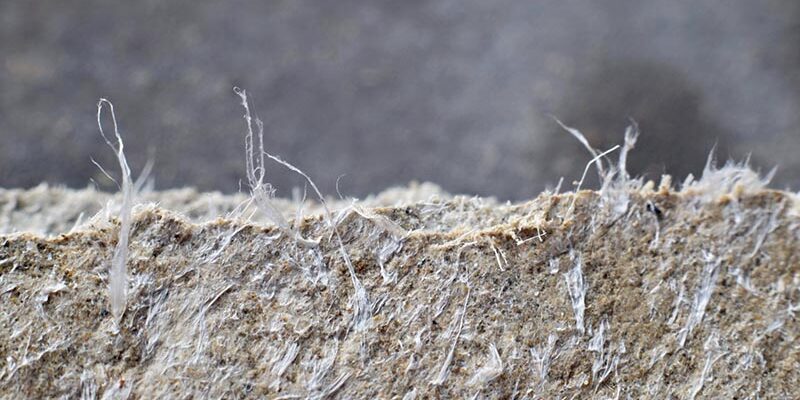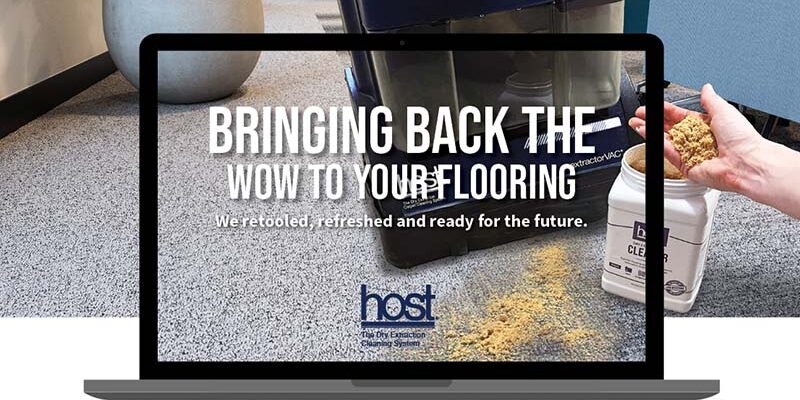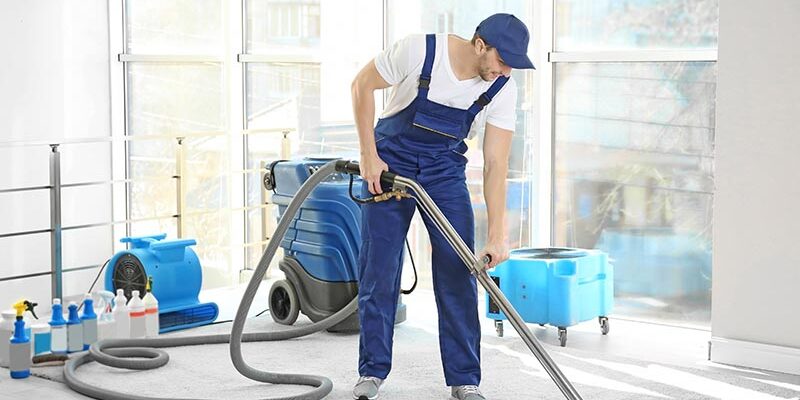Responsible Carpet Care

[two_third]
By Robert Kravitz
Whether they use them or not, most carpet cleaning companies have a pretty good idea what green-certified cleaning solutions are all about.
Green certification indicates that products have a proven reduced impact on the carpet cleaning technician, building users/homeowners, and the environment. But carpet cleaners may not be aware of just how big this “reduced impact” really can be.
Possibly the following true story will help us understand this.
A major cruise line needed to meet impending and much stricter compliance regulations regarding dumping pollutants into the ocean. Meeting the new regulations was a major concern because it is estimated that a 3,000-passenger cruise liner releases about 150,000 gallons of waste and sewage per week into the ocean. Altogether, the major ocean liners release approximately a billion gallons of sewage each year into the ocean, according to a 2014 study by Friends of the Earth.
Roger McFadden, senior scientist for Staples Advantage, was brought in to help this cruise company curb its waste and pollutant dumping and develop best practices for meeting the new regulations. While the cruise line suspected it would need to make several changes, just by switching the cleaning chemicals the company used to a line of environmentally friendly products, the company was able to go “beyond compliance’ to address [the] stricter regulations,” McFadden said in an article he penned for Sustainable Facility. He adds that the company was also able to reduce the number of cleaning chemical products it used to maintain its ships and the number of chemical containers collected with each trip, making the company not only able to reduce the huge amount of pollutants it released into the ocean, but also able to enhance its sustainability.
Tackling sustainability
CEO of Sustainability Dashboard Tools, Stephen Ashkin, often referred to as “the father of green cleaning,” works to get the various segments of the professional cleaning industry, like carpet cleaning, to join the “green bandwagon” and operate their businesses more sustainably. To help accomplish this, he advises carpet cleaning companies to do the following:
Use cold water extractors. A decade or so ago, this directive would have been very controversial, but in recent years, the use of cold water in carpet cleaning has gained traction, according to Ashkin.
“The reason for this is very simple. New cold-water and green-certified detergents have been introduced that have proven very effective using cold water extractors,” he explains.
The benefits of using cold water extraction are that fewer fumes are released when mixing chemicals with cold water, making this system safer. The machine also uses considerably less electricity, making it more sustainable. Additionally, cold water extractors tend to be less costly than hot water systems.
Use low-moisture extractors. Ashkin says, “Originally, many of these systems were introduced to help carpet dry faster by simply using less water. But by using less water, [low-moisture extractors] also use less detergent, and there is less chance of mold developing. Together, this helps protect the environment and promote sustainability.”
Purchase products in bulk sizes. Green cleaning solutions tend to be highly concentrated and packaged in larger, five-gallon containers instead of the one-gallon containers often used for tradition cleaning solutions. The more highly concentrated the cleaning solution, the longer it typically lasts, which helps defray any additional initial costs for the product.
“Purchasing in bulk sizes helps reduce the amount of fuel needed to transport and deliver the product, reducing greenhouse gases,” adds Ashkin. “And these bulk sizes also generate less waste, which often ends up in landfills.”
Note that chemicals like spotters are often sold in ready-to-use, 16- and 32-ounce containers. This small size requires the use of more packaging supplies, which are often not derived from recycled or recyclable materials.
Become an advisor. Very often a request for proposal (RFP), which invites carpet cleaning companies to bid on the carpet cleaning services for a facility, will indicate that carpet be cleaned one to four times per year. But, according to Ashkin, what often happens is that the RFP indicates that carpet in the C-suite offices are the ones to be cleaned the most often.
“The problem is this is frequently the least soiled carpet in the facility. Attention is most needed on the first floors of a facility and carpet located near warehouses or industrial areas; this is the carpet that tends to become the most soiled. To promote sustainable carpet cleaning, technicians need to explain this to building managers. The primary consideration when scheduling carpet cleaning should be which carpet becomes the most soiled and in which areas [of the building].”
Route jobs in groups. In larger communities, carpet cleaning companies already try to route cleaning jobs so that they all occur in the same general area. Most American cities are now so spread out, this should always be done to save time, money, and fuel.
What a sustainable carpet cleaning company looks like
It is becoming much more common for large organizations that have incorporated sustainability initiatives into their business operations to now want their vendors — including carpet cleaners — to have similar sustainability programs in place in their own business operations. So, what does this mean for carpet cleaners?
We have already discussed ways in which carpet cleaning companies can reduce their use of natural resources, reduce waste, and help protect the environment. But this is only one component of sustainability, often referred to as the “planet” component. According to Ashkin, the following are two more areas of sustainability that companies should focus on:
People: Business practices that are fair, ethical, and beneficial toward employees, the community, and the country are what the “people” component is all about.
For employees, this means paying them fair living wages and meeting all employer-paid employee taxes and insurance requirements. The people component also includes proper training and instruction so that workers perform their duties effectively and safely.
Profits: If you are in business to make money, then you are already meeting a key part of the “profits” component. “A business is in business to make money, to prosper, and to grow,” says Ashkin. “However, businesses must do so by adhering to all rules, laws, and regulations and by paying fair wages to workers. Also, their profits should help provide economic benefits to their communities.”
An ongoing journey
Green cleaning and sustainability are an ongoing process. New technologies will continue to be introduced, helping to make carpet cleaning greener and more sustainable, and cleaning owners will continually find new ways to promote sustainability within their own businesses.
However, we should look forward to this journey. Not only are we finding new ways to protect the environment and improve the lives of our workers and our community, but we are also invariably seeing more sustainable results in cost savings as well.
Robert Kravitz is a frequent writer for the professional cleaning and building industries.
[/two_third]
[one_third_last]
Other Thoughts on Responsible Carpet Care
One of the ways carpet cleaning companies can help promote sustainable carpet cleaning is to get back to basics. For instance, simply taking the time to dilute carpet cleaning solutions properly ensures enough chemical is used to tackle the job while eliminating waste and ensuring the chemical lasts longer — as well as protecting the customer’s carpet.
I always advise cleaners to remember the preliminaries, the steps to take before cleaning a carpet. Always vacuum the carpet before applying pre-spray and before extraction. Vacuuming removes dry soiling. If the carpet is pre-sprayed without being vacuumed first, the solution may get absorbed into this dry soiling and not work as effectively. In addition, failure to vacuum first can make the carpet extractor less effective. Instead of removing soil, it must remove mud — the combination of dry soil, water, and chemical.
In my experience, vacuuming can improve cleaning’s effectiveness and help prevent a “call back” from the client, which saves the technician time and the fuel required to return to the same job to clean the carpet all over again. It also means you are more likely to get repeat business.
Finally, we must make sure we do not dispose of soiled water in storm drains. This was actually “modus operandi” not that many years ago, but most technicians know doing so now can result in a serious fine in some localities. Stop dumping wastewater in drains, not just to avoid the fine, but also to protect our waterways.
Mike Kerner is the senior scientist at Legend Brands.
[/one_third_last]












